Stone curlews: The oddball of the bird world with a touch of the prehistoric look
With a sinister yellow gaze and legs ‘swoln like those of a gouty man’, the prehistoric-looking stone curlew is nonetheless an endearing little fellow, finds Jack Watkins.
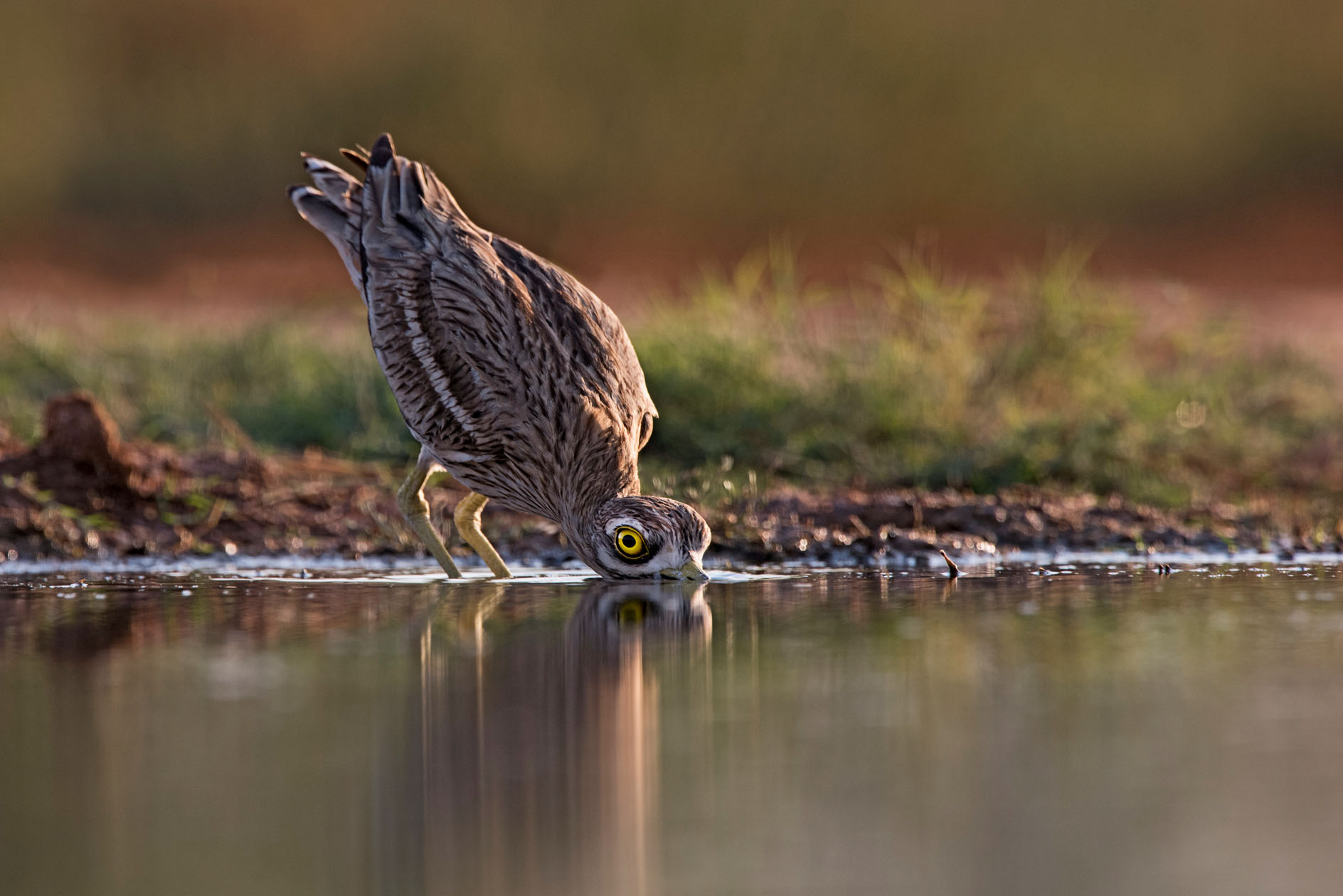

There are birds that lift the soul with their song and others that delight the eye with their beauty. The stone curlew is not one of them. Poets have been moved to verse by the sound of a nightingale and artists sent scampering off to grab the nearest paintbrush by the grace of a swan, but, to the best of my knowledge, no one has ever been driven to creative ecstasy by Burhinus oedicnemus.
That’s not to say the creature is without oddball appeal. An old name for it in the East Anglian region is the goggle-eyed plover, which captures well its sinister, pale-yellow eyes — a single stare, many centuries ago, was believed capable of curing a person of jaundice. Then there is the curiously shaped body, like a pair of bellows or a squashed barrel, on top of long, gangly legs. Stealthy in its movements a lot of the time, when it scuttles along on these stilt-like limbs, it looks like a 1960s Hollywood special-effects department’s clumsy guess at how a prehistoric bird might have appeared.
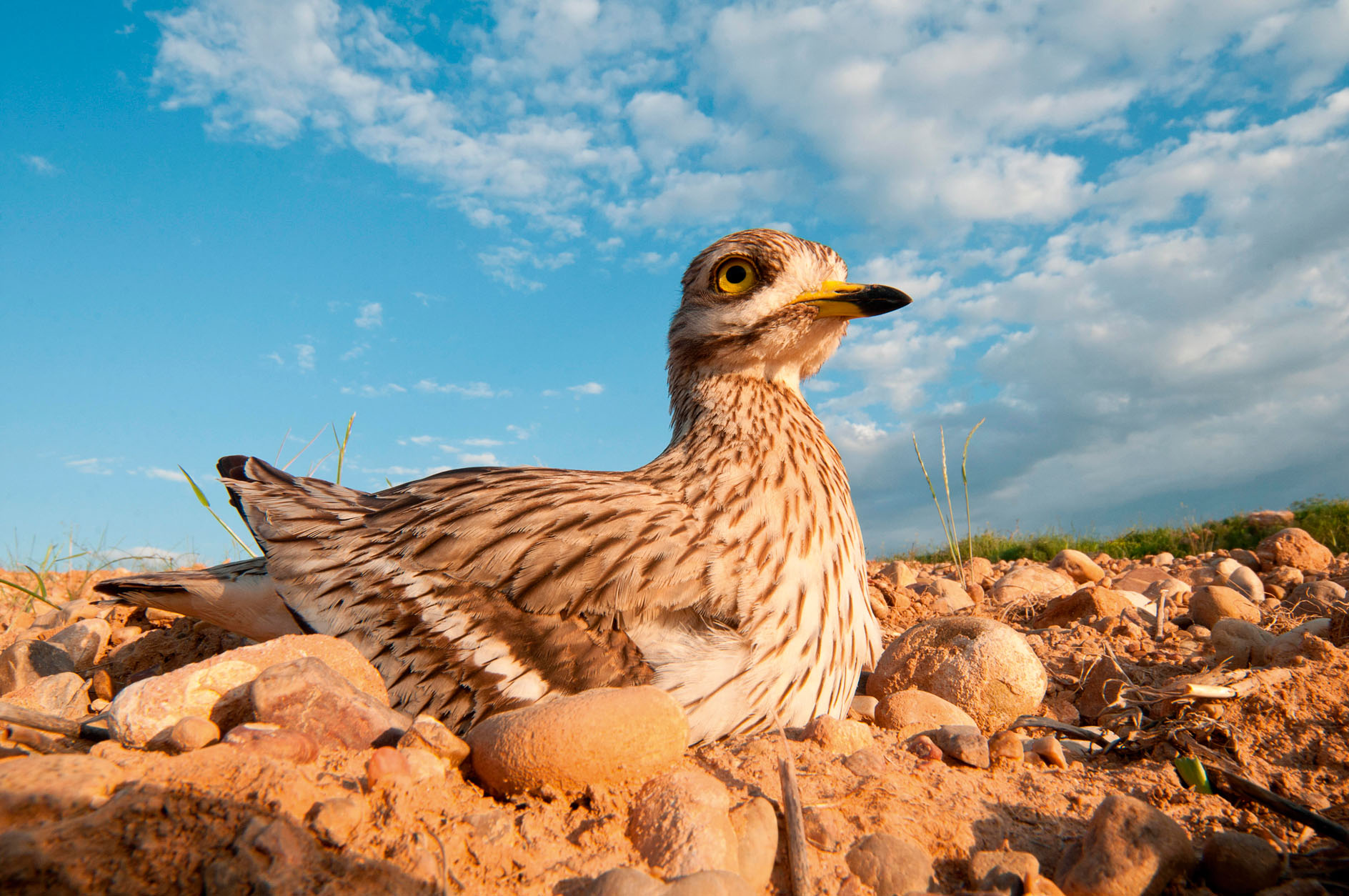
If stone curlews appear a bit off-putting — and even eerie — in their portrait photos, they are, of course, harmless, with endearing traits. They possess a repertoire of calls, including a far-carrying curlee wail, most often heard at night. In his later years, the Revd Gilbert White suffered from deafness, but he could still hear the flight calls of stone curlews.
It was White, in The Natural History of Selborne, who left us one of the best descriptions of them, including of the racket they made around the village each night — ‘a clamour which may be heard a mile’ — and of their legs, ‘swoln like those of a gouty man’. The Selborne curlews were nesting on the sheep walks of the then unfenced Hampshire downland and across the county border in Sussex, where White had instructed a friend to keep a close eye on their movements at a time when bird migration was still a subject of mystery and conjecture.
5 facts about Stone Curlews
- Stone curlews are members of the Burhinidae or ‘thick knees’ family. It is the only family member present in the UK
- The entire British breeding population is restricted to the southern half of England. The last recorded pair to breed in Yorkshire was in 1935
- Although classed as a wader, the stone curlew’s preference is for dry, stony areas of grassland or heath
- The stone curlew’s bulging eyes enable it to see well at dawn or dusk, the times of the day when most active. With its sandy-brown colouring and skulking watchfulness, it can be difficult to spot
- The curlew (Numenius arquata), although a relative, is very different in behaviour and appearance, as well as being larger. A more typical wader, it has a long, curved beak and haunts the northern moors in spring and summer, flocking to coastal mudflats and wet meadows in winter
White eventually included them in his list of ‘Summer Birds of Passage’, noting that they arrived from the end of March — stone curlews breeding in this country spend their winters in North Africa and the Mediterranean basin. Resilient creatures, some ringed birds have been recorded making the annual journey for more than 20 years. Yet the fact that White could write about the nocturnal ‘clamour’ of the birds is a clue to a huge drop off in numbers in more recent times.
Even into the 1930s, hundreds of stone curlews still bred in Hampshire (and even as far across the South-East as Kent in the 1960s), although their strongholds always seem to have been the Wiltshire downs around Salisbury and the sandy breckland heaths of Norfolk and Suffolk. Essentially birds of open-steppe country, they lay their eggs in shallow scrapes on the bare ground, lined with nothing more than a few shells or stones. White reported to his regular correspondent Thomas Pennant, in 1769, that, although he had managed to obtain for him a stone-curlew egg, ‘there were two; but the finder inadvertently crushed one with his foot before he saw them’.
Still, despite such nesting and egg vulnerability, stone curlews are among a group of birds in this country that found a home in the mixed-farming regimes of old. Spring-sown cereals provided their ideal habitat, enabling them to rear a brood before the crop got too high. Similarly, grazing livestock kept fields suitably open, giving them ample sight lines for safety. Rotational systems, where areas of land were left fallow for a year — a common practice into the early 20th century — also worked in their favour and outdoor pig keeping, or what we’d now call rare-breed pigs, also went down well, the pigs’ rooting behaviour churning up soil-inhabiting invertebrates for the birds.
Exquisite houses, the beauty of Nature, and how to get the most from your life, straight to your inbox.
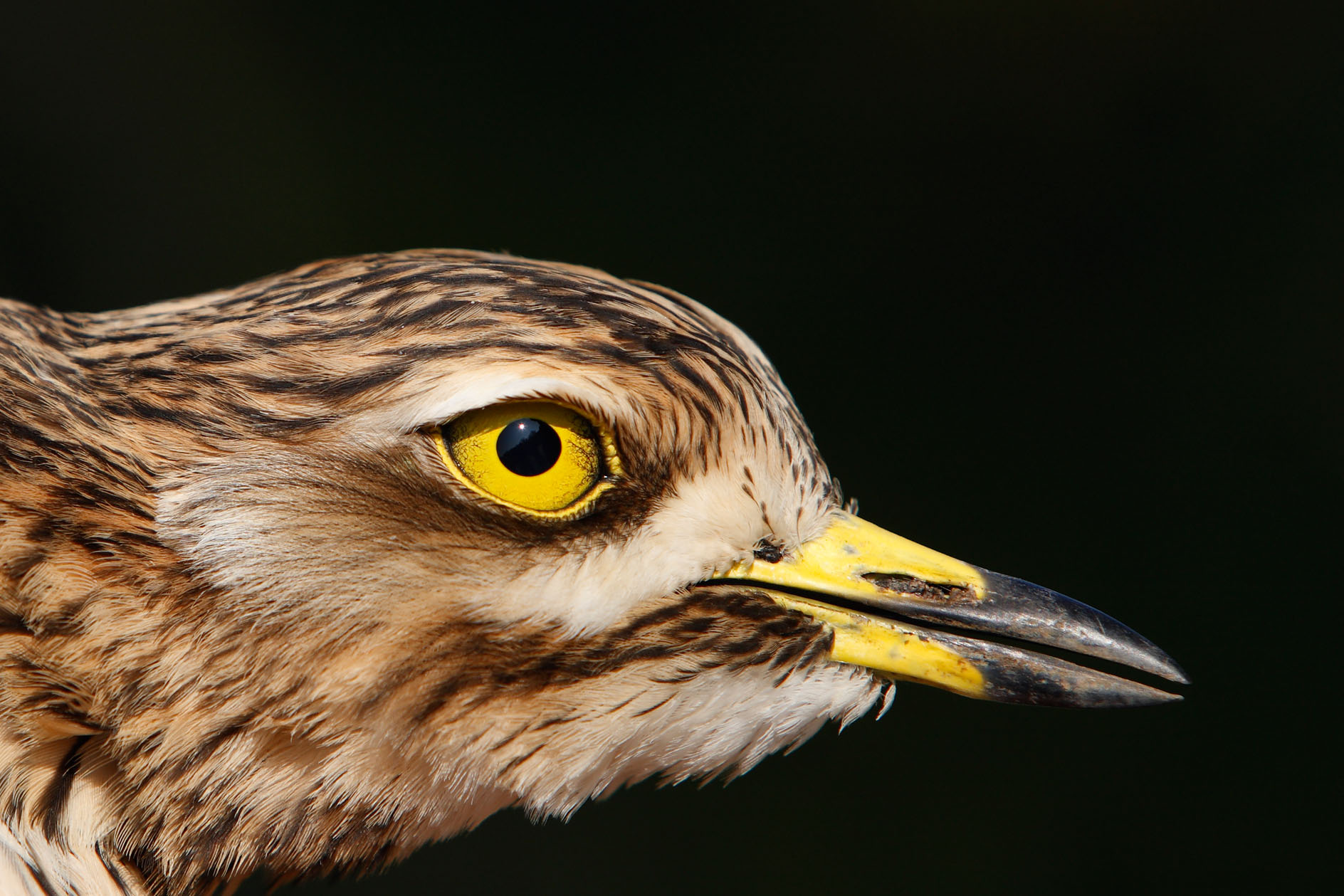
As the 20th century rolled on, it became increasingly clear that stone curlews were in trouble, with large areas of the downs making the switch to full-time arable and stretches of the Brecks going over to forestry. By 1990, it was estimated that there were only 150 pairs left in this country. A survey in White’s Hampshire had found only a small and vulnerable remnant population. The good news is that RSPB-led conservationists got together with farmers to try to remedy the situation. In the Wessex area, around Salisbury Plain and Porton Down, and on the Brecks, work has included farmers creating specially prepared bare-earth plots within cereal fields and marking the positions of nests if a field was to be rolled, to prevent them being destroyed.
Not every stone curlew followed the agreed procedure, with one pair photographed, in 2001, having opted for the cosier environment of a breckland garden shrubbery. Although the birds will never again reach the numbers they once did, things are going well. There are now 400 breeding pairs in the UK. It will certainly require continued intervention to maintain or perhaps even improve those numbers, but it does look as if the goggle-eyed plover is here to stay.

John Gosden: 'I don’t care how many winners I’ve trained; it’s the quality you remember'
Jack Watkins talks to the champion racehorse trainer on quality over quantity and preserving Newmarket.

Ted Dexter: The Italian-born icon who brought dash and glamour to English cricket
Ted Dexter, the former England cricket captain and chairman of selectors, is still bursting with wit, wisdom and insight about

Credit: John Millar / Country Life
'I was 8–1 to be the next Bond just before Daniel Craig got it': Nathaniel Parker on life, acting, and his big near-miss
Nathaniel Parker catches up with Jack Watkins about David Cameron's epic gaffe, and the time he nearly became James Bond.
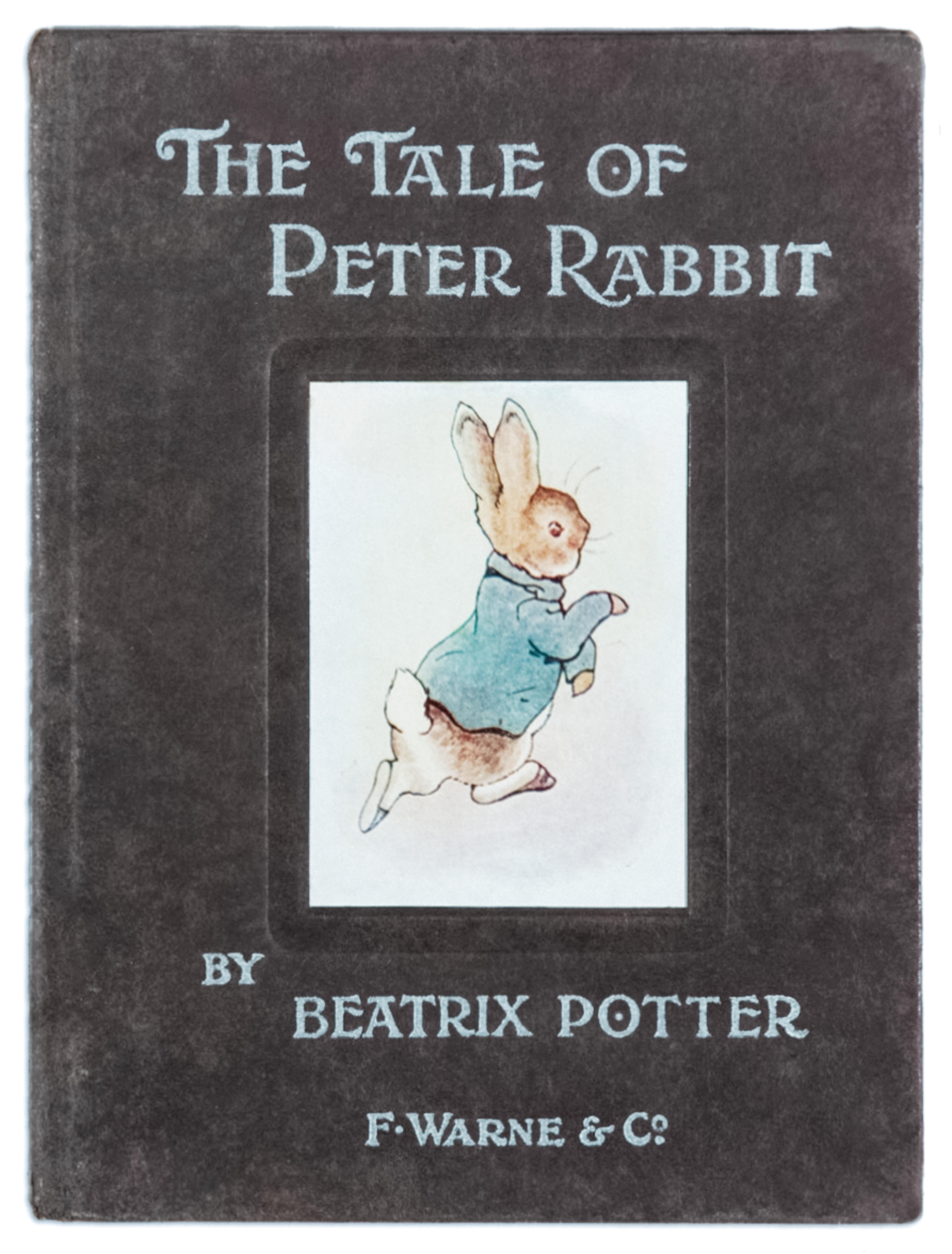
The enduring appeal of Peter Rabbit
Beatrix Potter's most famous creation, Peter Rabbit, remains as popular as ever, despite his genesis being well over a century

St Paul's Cathedral: Part church, part street spectacle, all masterpiece
St Paul's may not have the London skyline to itself as it once did, yet Sir Christopher Wren's masterpiece still
Jack Watkins has written on conservation and Nature for The Independent, The Guardian and The Daily Telegraph. He also writes about lost London, history, ghosts — and on early rock 'n' roll, soul and the neglected art of crooning for various music magazines
-
 Waldorf Astoria New York review: The Midtown hotel where Frank Sinatra once partied and the salad of the same name was invented emerges from a decade-long renovation
Waldorf Astoria New York review: The Midtown hotel where Frank Sinatra once partied and the salad of the same name was invented emerges from a decade-long renovationOwen Holmes checks into the Waldorf Astoria New York hotel.
-
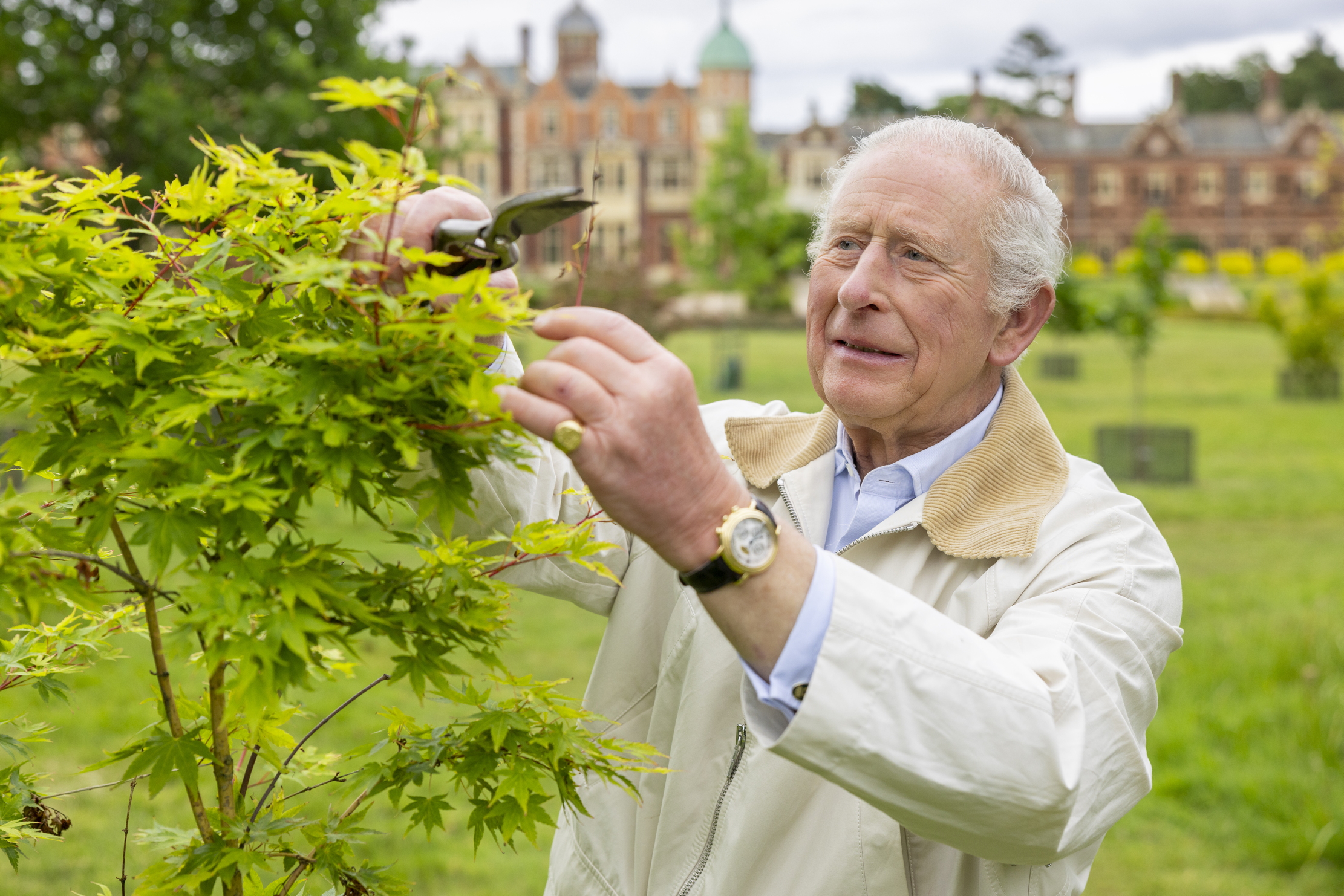 A royal success: The King's gardens at Sandringham
A royal success: The King's gardens at SandringhamIn only three years, The King has overseen a remarkable resurrection of the gardens and parkland at Sandringham. Charles Quest-Ritson visits
